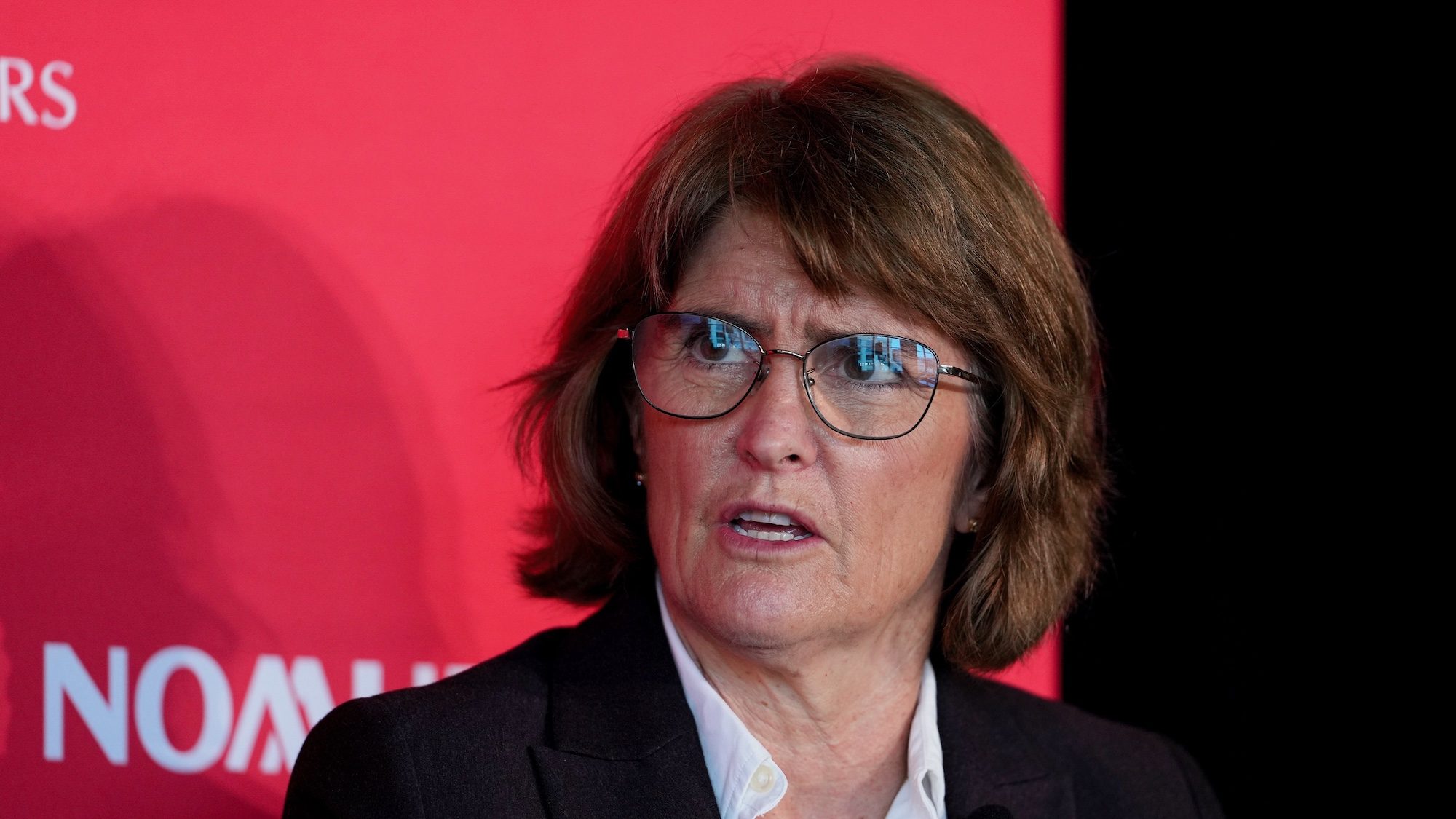RBA pulls the reins on rates at 3.60%, as inflation gallops higher – no more cuts in 2025?

The Reserve Bank of Australia (RBA) has kept the official cash rate on hold at 3.60% following its November meeting, a move widely expected by economists and major banks.
The decision signals a pause in the RBA’s easing cycle, which kicked off earlier this year, as the central bank waits for clearer signs that inflation is under control. The cash rate has now remained unchanged since mid-August.
Why did the RBA hold rates?
A surprise rise in inflation was the primary reason the RBA chose to stay put this month. The September quarter Consumer Price Index (CPI) showed prices climbing 3.2% over the year, pushing headline inflation back above the RBA’s 2-3% target range.
In its statement , the Monetary Policy Board stated that "inflation has picked up" and "was materially higher than expected". However, the Board suggests that some of the increase in underlying inflation in the September quarter was due to "temporary factors".
Electricity prices surged 9.0% in the September quarter, as state rebates in Queensland, Western Australia and Tasmania ended. Without the cessation of those rebates, Mozo Experts Choice Awards’ latest energy analysis suggests prices would have risen just 4.8% in September 2025.
The RBA's latest forecast, which is based on a technical assumption of one more rate cut in 2026, has underlying inflation rising above 3% in coming quarters before settling at 2.6% in 2027.
However, sticky prices – see the inflation table below – along with a still-active labour market (unemployment sits at 4.5%), have kept the Reserve Bank firmly on the sidelines for now.
What does this mean for borrowers?
For mortgage holders, a hold offers stability now, but the longer-term outlook is less certain.
Variable rates: Borrowers on variable rates likely won’t see many changes to repayments, with lenders predicted to keep home loan rates relatively steady while the cash rate stays put.
Fixed rates: Fixed rates are guided by market expectations, and since this hold was already priced in, little movement is expected. However, with inflation proving stubborn, the next rate cut could be further away than first thought, meaning long-term fixed rates may edge higher.
When will the RBA cut rates again?
After the September inflation surprise, many economists have pushed back their forecasts for the next rate cut. The Big Four banks now expect the easing cycle to hold well into 2026, with CommBank taking the most cautious view, suggesting the cycle may have ended altogether.
The RBA’s next cash rate decision falls on 3 December 2025, the final meeting for the year.
How much can you save on your repayments?
Plug your current home loan rates into our calculator to see how much you could save.
Loan details
Repayment change if rates change
Read last month's Reserve Bank interest rates update.
Mozo provides general product information. We don't consider your personal objectives, financial situation or needs and we aren't recommending any specific product to you. You should make your own decision after reading the PDS or offer documentation, or seeking independent advice.
While we pride ourselves on covering a wide range of products, we don't cover every product in the market. If you decide to apply for a product through our website, you will be dealing directly with the provider of that product and not with Mozo.